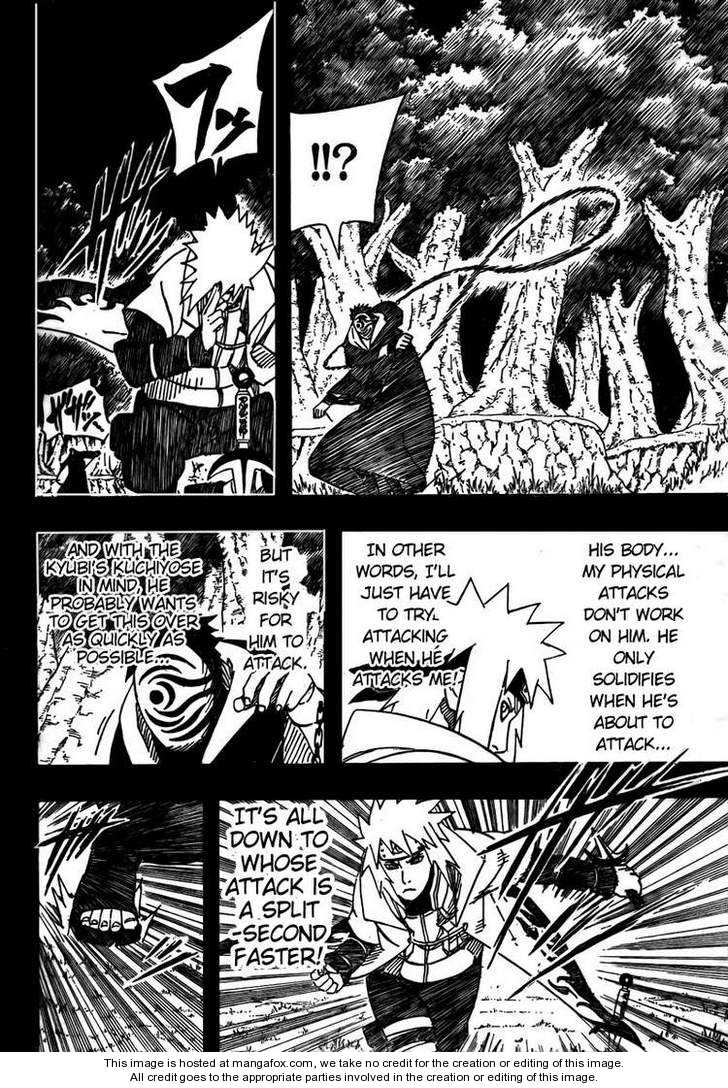
Recently I have been thinking about the influence of the camera, or the lens, on manga. The representations in manga mostly seem inspired from the way we understand the visual world through photography. For instance, in the above manga excerpt, fast movement is represented through the contrast between a focused object against a background the details of which are reduced to mere lines. This of course, is a phenomena observed in photography. If the camera is to move with the object, and the object’s speed be so high as to not allow enough time for all the photons from the background to reach the photon-sensitive part of the camera, then such a notion of movement is created. This method of understanding movement, however, does not resonate exactly with the way that our eyes take in light, but more importantly, with the way our mind tends to withhold to such information.
In memory, for instance, perhaps a series of images remain in the mind characterizing single points within the entire process of movement. Our memory may only take in single frames where sufficient photons have reached the retina of our eyes, action potentials are sent to the brain in timed succession—as is the nature of neurone activity, compelled by time—and the data interpreted by the brain in intervals. Thus, the remaining impression may resemble something like these two frames from the manga I chose to read for our class, Berserk.
For this and many other reasons I found this manga to be quite unique.



1 response so far ↓
TMD // Oct 10th 2012 at 7:02 am
Thanks, Faran — these techniques are common to many types of camera work, photography and film included. We’ll have opportunity to take this up in class on 10 October.
You must log in to post a comment.